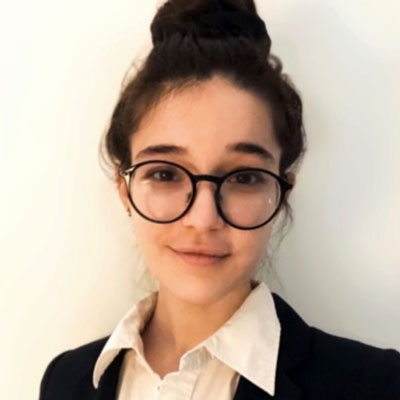As if coordinating across three largely autonomous schools were not difficult enough, the COVID-19 pandemic forced researchers at the CSSLab to fundamentally rethink how to collaborate. Director Duncan Watts took on the challenge of building a research lab amidst this uncertainty, determined to push forward with work at the intersection of computational and social science.
“The metaphor that comes to mind when I think about this is ‘building the plane while flying it,’” Watts explains. “We’re trying to put together a lot of pieces—whether it’s data pipelines or hiring people or setting up new kinds of processes to run a lab across three schools at Penn—and also trying to, at the same time, execute on the mission.”
Watts recounts how chaos at the beginning of the pandemic threw a wrench in even basic tasks. Penn’s decision to shut down most in-person university operations in March 2020 led to a several-month delay in hiring the CSSLab’s Executive Director, Valery Yakubovich, just as his position at the Lab was set to be finalized. “He was living in Paris at the time,” Watts notes, “and he had booked his flight to come to Philadelphia for his final interview. A few days beforehand, we decided that because of COVID he probably should postpone his flight. And then, of course, everything shut down a week later. So that interview didn’t happen, and that was fine, we were able to work around that—but then there was a hiring freeze, so we weren’t able to hire him until the Fall.”
Despite the hiring freeze, the Lab continued to prepare for launch virtually and with limited staff. However, Watts describes the setbacks mounting as the university navigated online operations. “There were several months there where everyone was panicking, nobody knew what would be possible, everyone was shifting their teaching to online—there was just a lot going on. I was teaching my first course in fifteen years and also teaching the first course I’d ever taught online for 115 students, so I was pretty preoccupied with a bunch of other stuff. In that sense, we did get off to a slow start, or a slower start than we would have.”
Even after the Lab secured a complete staff and officially launched in the Fall of 2021, the transition to hybrid work has brought its own challenges. Lapses in communication have been especially evident in the Lab’s data pipeline, where securing quality datasets depends upon coordinating expectations with various third-party providers. “The fundamental issue is that the people who generate the data are not doing the same thing that we’re trying to do,” Watts explains. “When you ask the kinds of questions that we tend to ask, there are certain problems that come up that don’t matter to [data providers] but that are critical for us.” He notes that, while clarifying issues such as the coverage of a given sample can be costly and time-consuming—especially when done remotely and at the scale of tens of terabytes—it is critical for understanding and moving forward with analyzing the data.
“It’s been a bit of a white-knuckle adventure, but we have a great team on board.”
“But other than that,” Watts clarifies, “I think [the pandemic] sort of affected us less than I would have imagined.” While collaborating remotely with researchers across the globe certainly took getting used to, Watts sees advantages in the remote and hybrid models that streamlined the Lab’s development and improved, rather than hindered, accessibility.
“People complain that it’s fun to see people, that it’s nice to go out to lunch or dinner afterwards, and all those sorts of informal interactions around coffee breaks—we miss those kinds of things, but we don’t miss the two nights spent at some random hotel, or the days spent sitting in windowless conference rooms, or taking Amtraks and planes [to in-person meetings]. It’s much easier for people with families and other kinds of constraints who would simply not have been able to go to these kinds of meetings. It’s much more equitable and inclusive. So as it turns out, there are actually lots of advantages to doing things remotely that we didn’t realize, and the experience is not terrible. I’m sort of hoping that we don’t have to go back to being in person for everything.”
The Lab’s ambitious research agenda, spanning four active projects, is evidence that Watts and the rest of the research team have found their footing. “We’re trying to fly the plane,” Watts concludes, “but the plane actually doesn’t really exist. That has occasionally kept me up at night—whether the whole enterprise was really viable or not. But it turns out it is. I think we’re in remarkably good shape given how recently everything began, and we’ve been super fortunate to have really talented people wanting to participate and help.”
AUTHORS
EMMA ARSEKIN
 —
—
Communications Specialist
